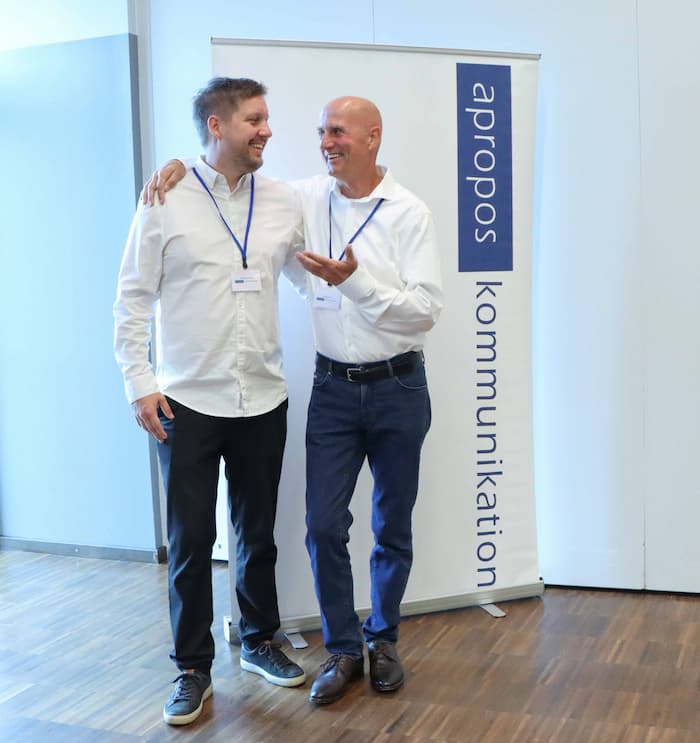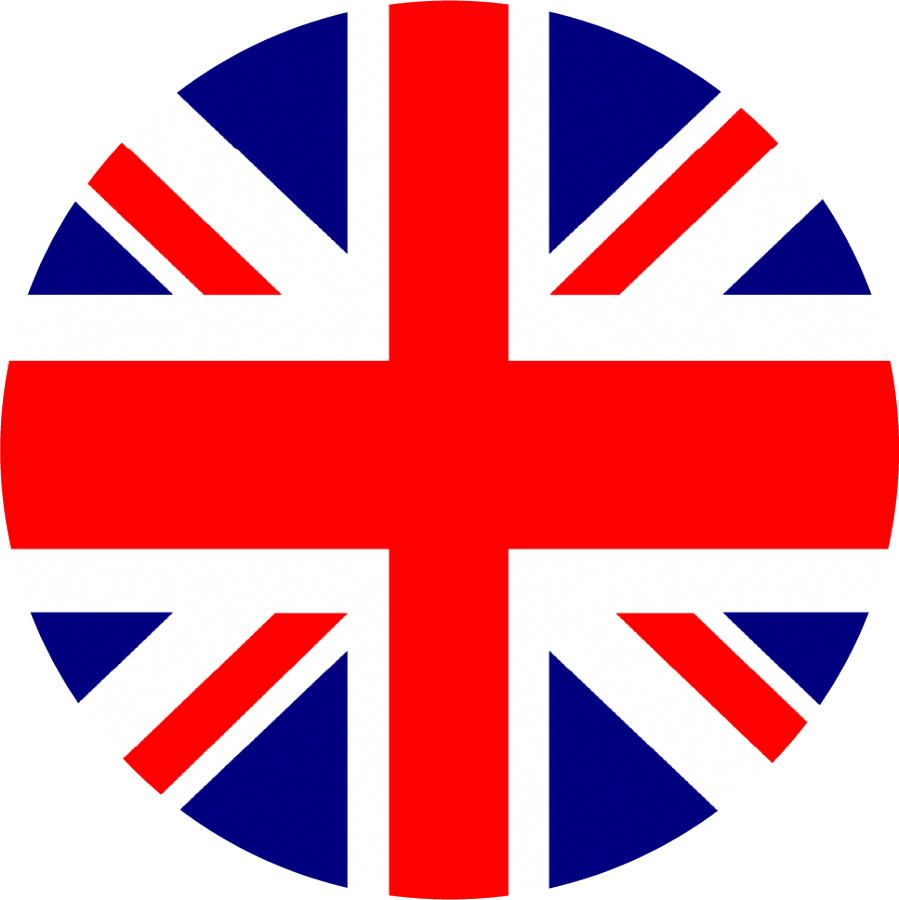Annual health and safety discussion - everything you need to know!
Is your company ready for the annual health and safety discussion? Whether you're looking for expert help or just need to understand the rules, this guide gives you everything you need to conduct a compliant and effective discussion on occupational health and safety.
What is the annual health and safety discussion?
All companies in Denmark — regardless of size — are legally required to hold an annual health and safety discussion (årlige arbejdsmiljødrøftelse) to review and plan their health and safety efforts. This must be done once every 12 months, and the work environment organization (AMO) must be involved.
For the best results, we recommend scheduling the annual discussion after completing your health and safety risk assessment (APV). This makes it easier to define goals and identify focus areas based on current data. Remember that the discussion must be documented.
Online OHS Course
Our online Occupational Health and Safety Course is a mandatory training program for health and safety representatives (AMR) and supervisors who are part of the Occupational Health and Safety Organization (AMO) in Denmark.
Apropos Kommunikation is an authorized provider of the OHS-course
Our OHS course covers all relevant topics:
- The formal legal basis for occupational health and safety
- Roles and responsibilities within the OHS organization (AMO)
- Key concepts within occupational health and safety law - incl. the annual health and safety discussion
- Rights, duties, and responsibilities of employees and employers
- Preventive occupational health and safety work
- The APV-process and APV-requirements
- Psychological work environment

4 key elements of the annual health and safety discussion
1. Plan Safety and Health Initiatives for the Coming Year
Discuss and decide which health and safety topics, projects, or improvements to focus on in the next 12 months. Identify areas of concern and create a concrete action plan.
2. Define the Structure of Collaboration
Set out how cooperation between management, employees, and safety representatives will function throughout the year. Agree on meeting intervals, communication methods, and how feedback will be shared.
3. Evaluate Last Year’s Safety Goals
Review the results of last year’s goals. Were they achieved? What worked — and what didn’t? Use this evaluation to guide your strategy for the year ahead.
4. Set Clear Goals for the Coming Year
Establish measurable and specific safety objectives. Examples could include reducing sick leave, implementing new safety protocols, or providing training for employees and managers.
Suggested topics for your annual health and safety discussion
- Did we achieve last year’s occupational health and safety goals?
- How are we working with the health and safety risk assessment (APV)?
- Reminder: The APV must be updated at least every three years — or whenever significant changes occur
- What work environment challenges should we focus on next year? (e.g., sick leave, stress)
- What specific goals should we set?
- Example: Reduce sick leave by 10% or 5 days per employee.
- Do we have enough knowledge or do we need external assistance?
- What training or courses should be offered to safety representatives and managers?
- If sick leave is the focus, consider training on absenteeism prevention in care or institutional settings.
- How many meetings are needed?
- Decide meeting frequency, structure, and how documentation will be handled.

FAQ about OHS in Denmark
We have gathered important knowledge about occupational health and safety. Click on the sections below and learn more about the topic.
At the mandatory occupation health and safety course you will gain more knowledge of the process and requirements.
You can read more about the Occupational Health and Safety Organization (AMO) here, together with information about the roles of the AMR and the supervisors.
What are my responsibilities as an Occupational Health and Safety Representative?
As an Occupational Health and Safety representative (AMR), your job is to represent your colleagues in health and safety matters and ensure their concerns are heard by management.
Key responsibilities of an AMR include:
-
Providing guidance on safety procedures
-
Identifying workplace risks and report them
-
Participating in OHS meetings and workplace assessments (APV)
-
Supporting a safe and healthy working environment
Your role depends on your company’s industry, size, and risk profile. For further guidance visit the Danish Working Environment Authority's website.
Our experienced occupational health and safety team
Our skilled team of occupational health and safety professionals brings over 20 years of expertise in delivering effective and sustainable OHS training solutions.
All our trainers in the mandatory occupational health and safety training are approved by the Danish Working Environment Authority and accredited by the Danish Accreditation Institution, ensuring high-quality, statutory occupational health and safety training.
We believe that the best way to help our clients is by understanding their unique needs and challenges. That is why we always start by listening to and learning about your company, your goals, and your wishes.






